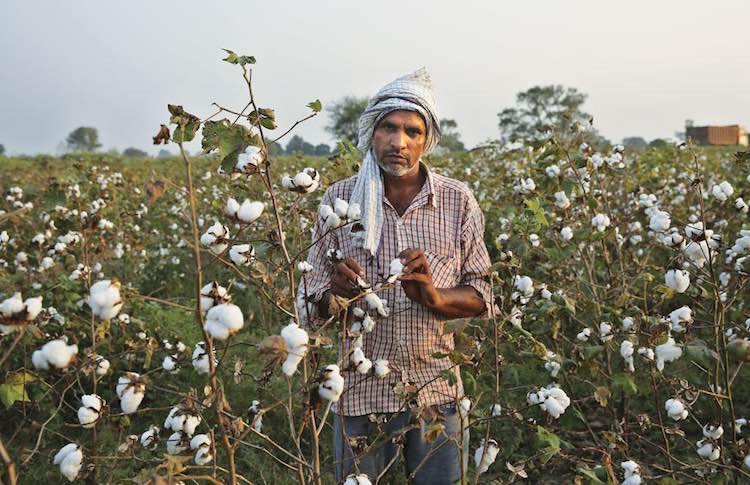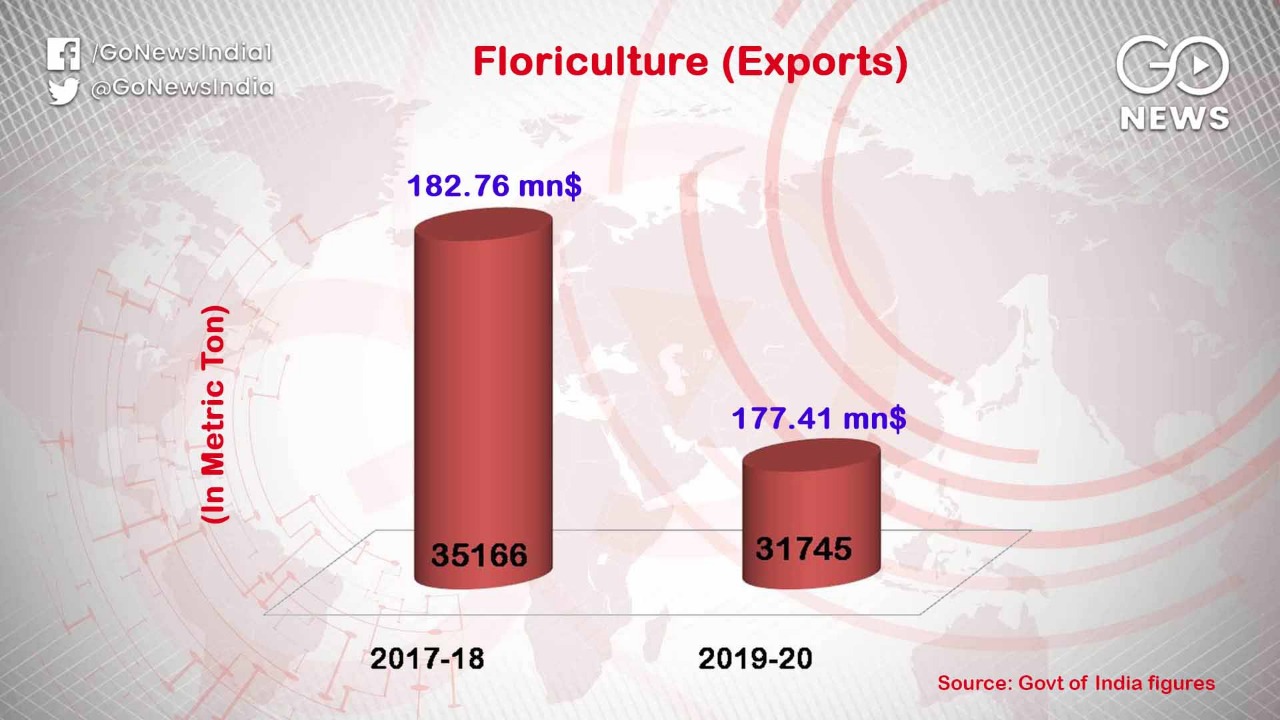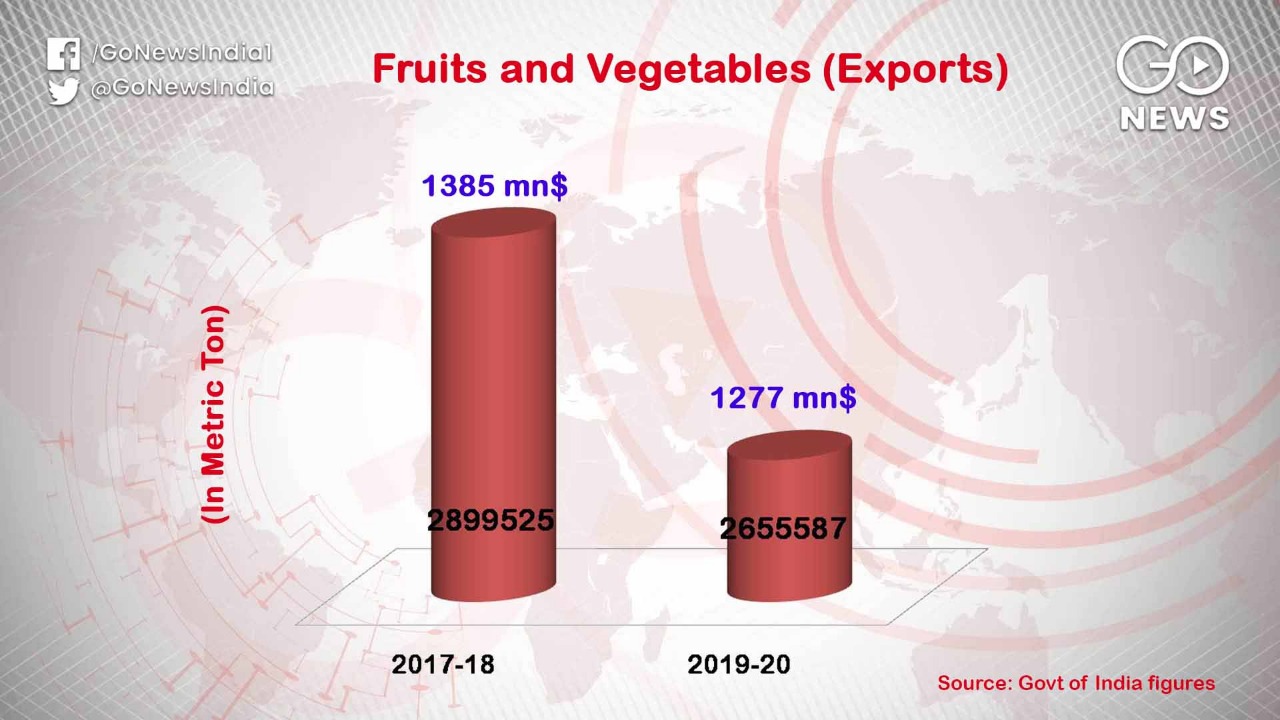India’s Agri Exports Consistently Lagging Behind, Losses Worth Millions Of Dollars Incurred

58% of India's population depends on agriculture and 44% run their livelihood based on it. The country also strengthens its foreign exchange reserves by exporting a large number of agricultural commodities. According to the 2015-16 government data, agricultural products account for about 12.5% of the total exports, and flowers, fish, basmati and non-basmati rice, buffalo meat, spices and cotton are the top items of India's agricultural exports.
But for the last few years, India has been consistently lagging behind in exports of agricultural products. For example, where the country's floriculture exports stood at 35,166 metric tons in 2017-18, it decreased further to 31,745 metric tons by 2019-20. Obviously, this affected the financial condition of the country. In 2017-18, the country earned $182.76 million through floriculture exports, which came down to $177.41 million in 2019-20.
Similarly, there has been a decline in exports of fresh fruits and vegetables. In the year 2017-18, 28,99,525 metric tons of fruits and vegetables went exported out of the country, the same figure was reduced to 26,55,587 metric tons in 2019-20. Income from this also decreased from $1,385 million to $1,277 million.

Similarly, there has been a decline in exports of fresh fruits and vegetables. In the year 2017-18, 28,99,525 metric tons of fruits and vegetables went exported out of the country, the same figure was reduced to 26,55,587 metric tons in 2019-20. Income from this also decreased from $1,385 million to $1,277 million.



Latest Videos
















